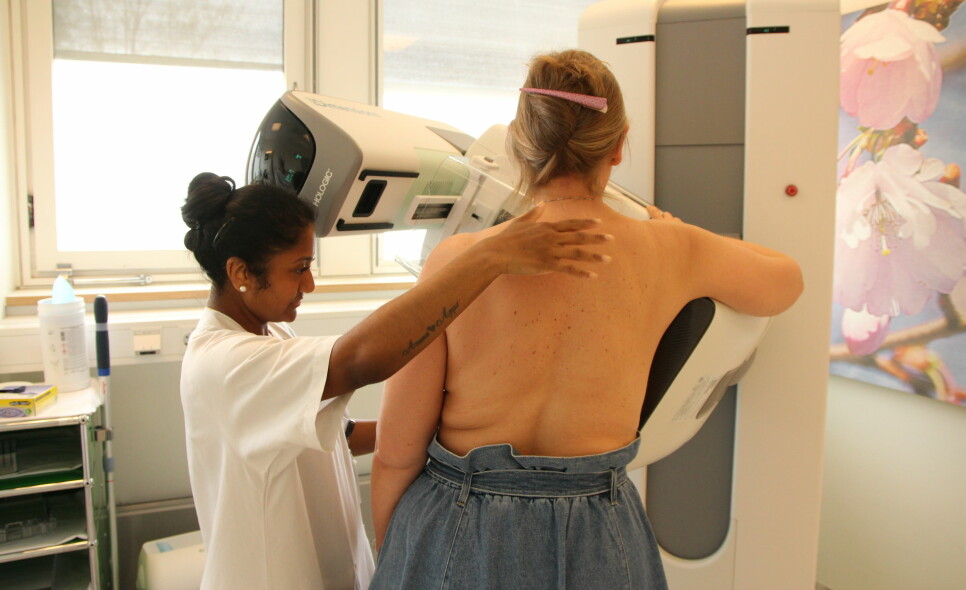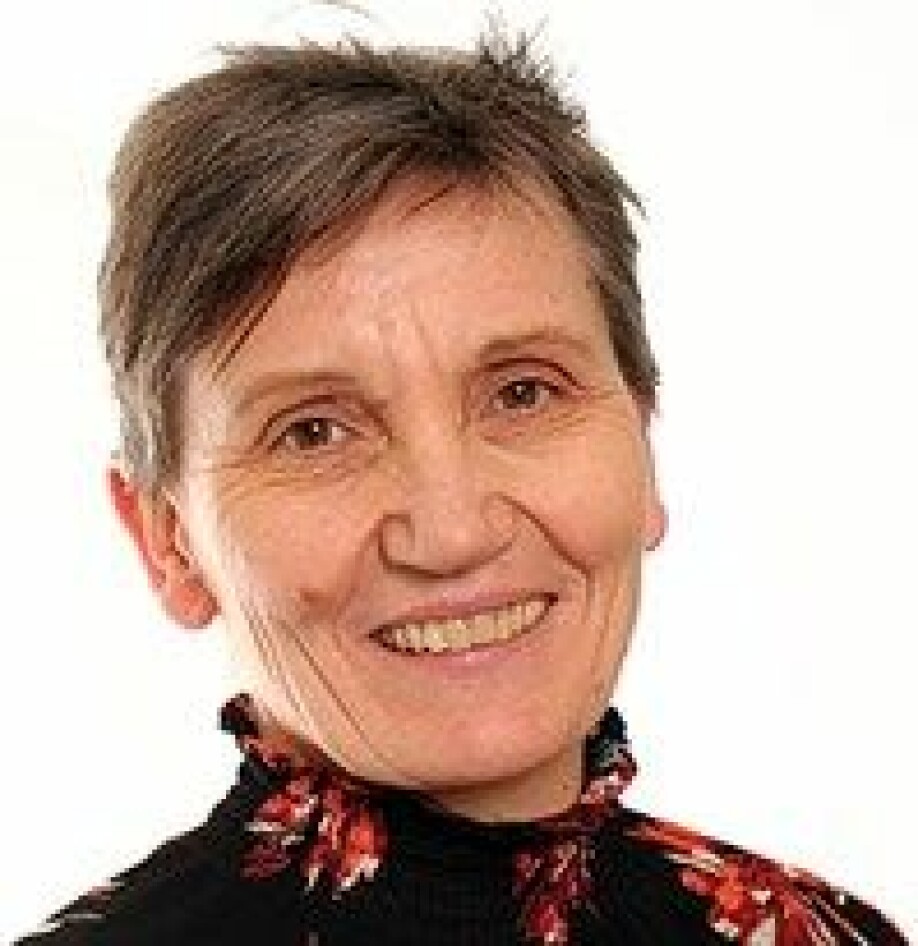
High hopes for new screening technology after breast cancer don’t pan out
The researchers hoped they would be able to detect dangerous breast cancer earlier with three-dimensional breast images. But a new study shows that the old method appears to detect cancer just as well.
The researchers had high hopes for the new technology, because the first international studies indicated that three-dimensional images of the breasts could reveal more cases of breast cancer early enough to save more lives.
“Everyone thought this was the method of the future,” says researcher Solveig Hofvind at the Cancer Registry of Norway.
However, radiologists in Bergen did not discover more breast cancer in the first of two studies using the advanced mammography technique that produces three-dimensional images, called tomosynthesis.
In the second study, several women were called back for additional exams and some were diagnosed with breast cancer.
“But there was no statistical difference in the number of tumours that were discovered with the two methods,” says Hofvind, who led the new international study conducted in part at Haukeland University Hospital.
She also heads the national mammography program.
The study was published in the journal Radiology.

Better, but not outstanding
Hofvind thinks the 3D technology is probably better, but not as outstanding as they first assumed.
“This method will most likely find more tumours, but we don’t know enough about whether it detects the dangerous tumours. In addition, the method is resource-intensive,” she says.
In the study led by Hofvind, researchers also wanted to find out if the 3D method found the right tumours.
“We were afraid that the 3D method could lead to overdiagnosis, meaning that the method would detect slow-growing tumours at an early stage, which in turn could result in overtreatment,” says Hofvind.
Finding as many changes in the breast as possible isn’t the goal.
Detecting and treating the slow-growing tumours can lead to women being exposed to unnecessary stress, she says.
Found smaller increase than expected
Researchers at the Cancer Registry and Haukeland University Hospital started their study to get to the bottom of whether the 3D method could save more lives and at the same time not lead to overdiagnosis.
They collaborated with the University of Oslo and experts from the University of Washington and the University of Sydney.
About 30 000 women participated in the study. They were randomly divided into two equal groups, which either received regular mammography or 3D image analysis.
The first results were published in 2019, and they surprised the research teams.
A few more cases of breast cancer were found in the women who were screened with 3D images, but the increase was smaller than what other studies had shown.
Nor did the 3D method prove better than the old method in the second round of screening.
Nevertheless, the results indicated that the 3D screening found some cancerous tumours earlier, which regular mammography would probably only have discovered later, according to Hofvind.
The affected women were able to receive gentler treatment and a better prognosis.
Method safe but resource-intensive
The 3D method produces many sectional images. They can help the radiologists who interpret the mammograms to feel more secure in their assessment, says Hofvind.
But evaluating the 3D images is more demanding for radiologists than regular mammography images.
“They have to review 250 sectional images per exam using the 3D method, compared to only four images with today's standard images,” Hofvind says.
The researchers also measured how much time the radiologists spent interpreting the images.
They spent significantly more time with the new 3D technology in the beginning, but the differences were minimal by the end of the last study.
One step back
The results will not speed up the use of 3D technology in breast cancer screening.
Hofvind believes this study can help professionals in the field take a step back by providing valuable knowledge that will slow down the introduction of the new technology.
Professionals have also assumed that the method would be better suited for finding tumours in breasts with dense glandular tissue.
“But we haven’t found confirmation of that in this study,” she says.
The EU recently launched new guidelines for mammography screening that puts the use of the 3D method and ordinary digital mammography in screening on equal footing.
Translated by: Ingrid P. Nuse
Reference:
Solveig Hofvind et.al.: Interval and Subsequent Round Breast Cancer in a Randomized Controlled Trial Comparing Digital Breast Tomosynthesis and Digital Mammography Screening. Radiology, May 2021. (Summary)
———
Read the Norwegian version of this article at forskning.no































